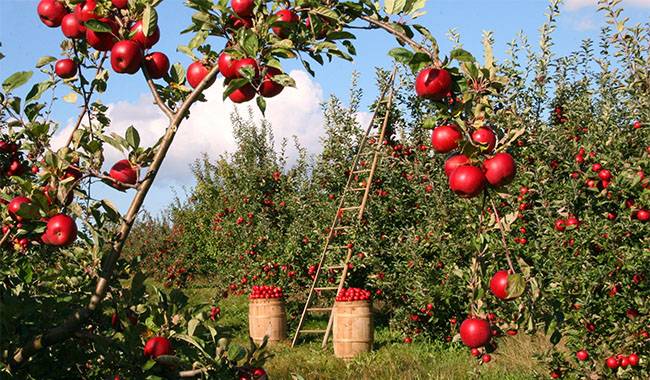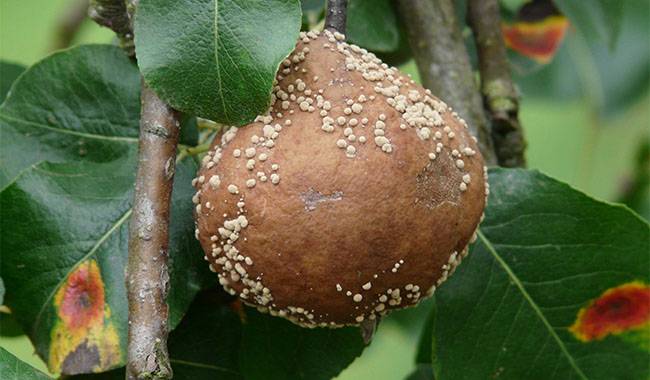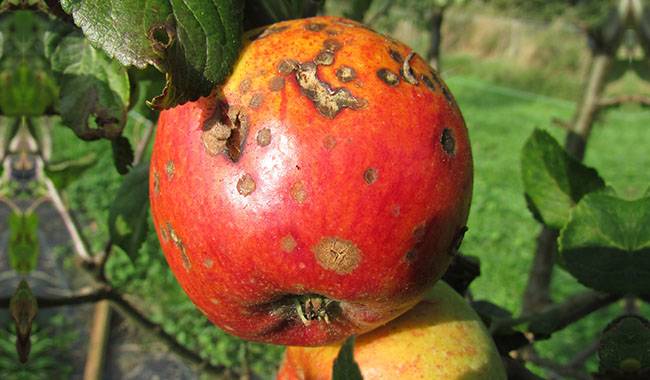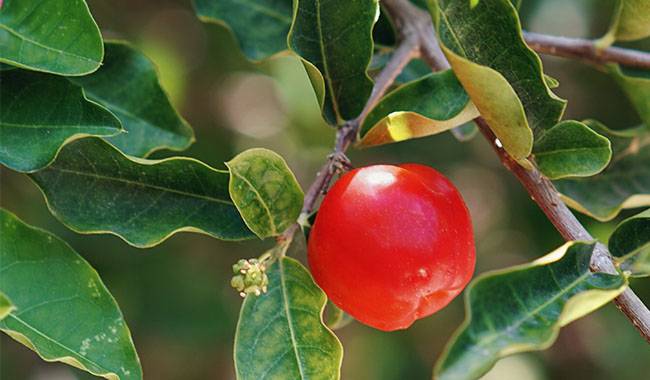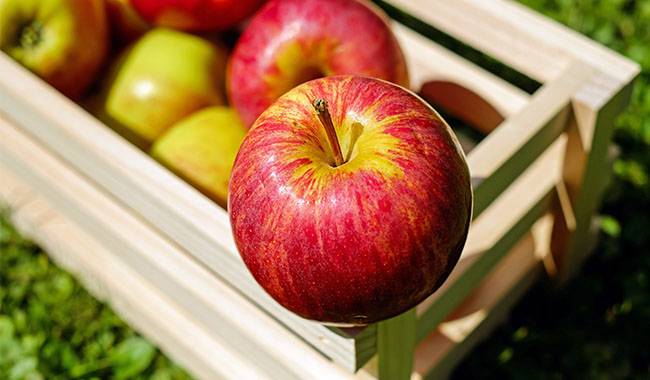
How long is the apple tree life cycle?
Answer: Apple is a perennial plant, which requires different types and quantities of nutrients at different growth stages. Therefore, the nutritional needs of apples have obvious age and seasonal characteristics.
We recommend you to read “Apples: 5 Health Benefits shows apples good for you“.
During the growth and development of apple trees, different age periods and different growing seasons have different types and amounts of fertilizers absorbed.
The life of an apple tree is generally divided into four periods: the sapling period, the initial fruiting period, the full fruiting period, and the senescence period. This process includes all the life activities of the fruit tree, so it is called the age period, or life cycle.
Understanding the laws of age is of great significance for controlling apple trees to achieve the goals of early fruit, high yield, stable yield, high quality, and longevity.
According to the obvious changes in the growth and fruit of the apple tree, the life cycle of the seedling tree can be divided as follows.
Sapling stage
The period from seedling planting to flowering and fruiting at this stage belongs to the period of vegetative growth. Since the growth and accumulation of nutrient supply are small, this period generally does not bear fruit, usually 3 to 6 years.
Young apple trees have relatively few nutrient requirements but are very sensitive to nutrients.
More nitrogen is needed, but less phosphorus and potassium. Apple trees should fully accumulate more storage nutrients at the young tree stage to meet the needs of healthy growth of young trees and the need for new shoots to form a tree skeleton as soon as possible. , Lay a good material foundation for future flowering and fruiting.
Early results
This stage refers to the period from the beginning of results to a large number of results.
Apple’s initial fruiting period is generally 4 years. The initial fruiting period is the period from vegetative growth to reproductive growth transformation;
During this period, it is necessary to promote the nutrient reserve, healthy growth, and increase the fruit-setting rate of the tree, but also to control the spewing and excessive growth of ineffective new shoots;
Therefore, it is necessary to pay attention to the reasonable ratio of nitrogen, phosphorus, and potassium, and to control the amount of nitrogen to coordinate the balance between vegetative growth and reproductive growth.
If the vegetative growth is strong, phosphorus should be the main ingredient, potassium nutrition should be applied, and nitrogen nutrition should be applied less;
If the vegetative growth is weak, use phosphorus as the main ingredient, increase nitrogen nutrition appropriately, and apply potassium.
Note:
In recent years, people are studying how to shorten the initial stage of results. The best way at present is to provide good environmental conditions and improve management levels, promote nutrient accumulation and rational distribution, accelerate plant growth and development, and promote the metabolism of metabolites and hormones in the body. Balance to promote the sexual maturation process.
The characteristics of the initial stage of the result: The crown and root system are still expanding rapidly, and the assimilation area of the leaves increases.
The leaf area of the fruiting part gradually reached a fixed size, but the branches below the fruiting part were still in childhood.
At this stage, a few flower buds began to form at the tips of some branches, but the quality of these flower buds was generally poor, and some of the flower buds were underdeveloped and the fruit setting rate was low.
The fruit is larger, with more water content, thicker skin, thicker flesh, more sour taste, and poorer quality.
Full fruit period
After the actual fruit-bearing apple tree enters the sexual maturity stage (with flowering potential), it can blossom and bear fruit at any time under suitable conditions. This stage is called the adult stage.
The full fruit period of apples is 15 years, and some are even more than 45 years.
According to the quantity and status of the results, it can be divided into three different stages: the initial stage, the peak stage, and the late stage.
These stages are essentially the same. They are all in the stage of physiological maturity, but they are constantly deepening the degree of aging.
The characteristics of the full fruit period: The number of crown branches increases and reaches the maximum, and the annual growth is gradually stable.
Inside the canopy, individual vigorously growing branches show the phenomenon of “rejuvenation”.
The leaves, buds, flowers, etc. exhibit the inherent characteristics of the tree species in morphology. The leaf-fruit ratio is more appropriate and the flower buds are easy to form.
The resultant part is enlarged, and it is easy to form flowers and bear fruit at the physiologically mature part of the main stem. The size, shape, and flavor of the fruit have reached the best condition of this variety, and the output has increased year by year and reached the highest level.
Under normal conditions, growth, fruiting, and flower bud formation reach a balance. The lower part of the canopy still shows childishness.
NOTE:
In the later stage of the fruiting tree, the number of branches and branches in the above-ground part of the tree gradually increased, and the apex branches and roots began to wither, and natural centripetal renewal appeared and gradually strengthened.
Years of flowering and fruiting reduce the accumulation of assimilated substances in the tree, and the vegetative growth of the tree is weakened and the tree gradually ages.
The yield is unstable, and the fruit is obvious in large and small years, the fruit is smaller, the water content is less, and the sugar content is more.
Aging
The apple tree is very obviously declining, manifested by the gradual decline of the backbone branches and backbone roots, and the growth of the branches is small.
Small and delicate, the fruiting branches or parent branches are getting less and less, the fruiting quantity is small, the fruit is small and the quality is poor, the physiological activities in the body are reduced, and the crown renewal and rejuvenation ability and anti-transmission ability are significantly reduced.




